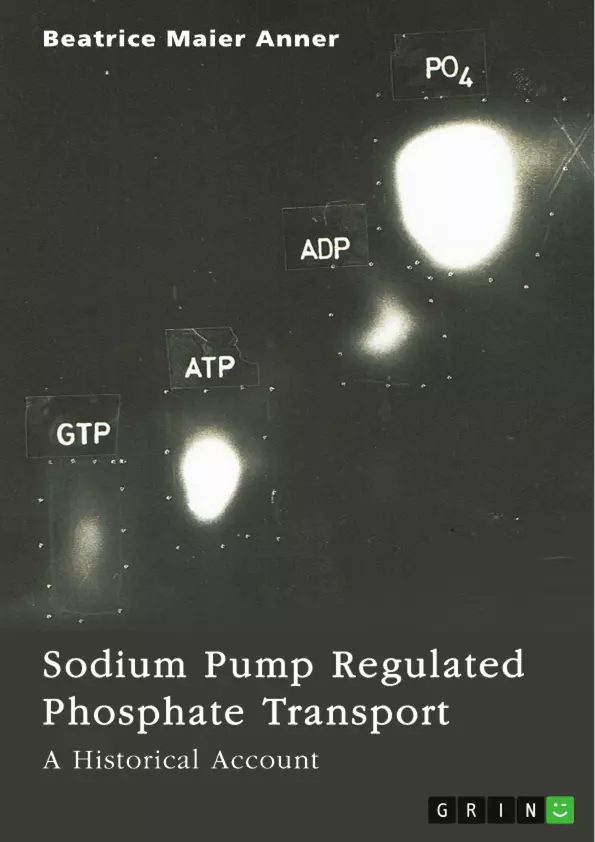An astonishing scientific story is presented in this booklet: how do cells maintain their volume and how do they fire signals in nerve fibers? Indeed, these two processes are performed by a single biological system, one of the most complex and sophisticated ones in nature: the sodium pump or sodium-potassium-activated adenosine triphosphatase (Na,K-ATPase), which is embedded in the membrane of each living cell. It is a combination of a motor and a battery underlying the organization of life itself. The current account is historical and shows how the author was involved herself in this fundamental research and found a transport system for phosphate ions linked to the activity of the sodium pump. This historical account is interesting for all scientists working on membrane processes who wish to understand better how our current knowledge of the Na,K-ATPase has been built up slowly but surely, patiently adding piece after piece to a complicated puzzle.
Inhaltsverzeichnis (Table of Contents)
- Preface
- Theoretical Background
- Cellular Energy Production
- The Sodium-Potassium Pump
- The Role of Phosphate Ions
- Experimental Methods
- Vagus Nerve Isolation
- Radioisotope Techniques
- Bidimensional Electrophoresis
- Results and Discussion
- Phosphate Transport System
- The Secondary Transport Mechanism
- Significance of the Findings
- Conclusions
Zielsetzung und Themenschwerpunkte (Objectives and Key Themes)
The main objective of this historical account is to provide an insight into the author's doctoral thesis and the serendipitous discovery of a phosphate transport system in mammalian cells. The research focused on investigating whether the sodium-potassium pump, a key cellular mechanism, could be reversed to produce energy.
- Cellular energy production and the role of the sodium-potassium pump
- Phosphate ion transport and its significance in cellular function
- The discovery of a secondary transport mechanism dependent on the sodium-potassium pump
- The evolution of research methods in pharmacology
- The historical context of scientific research in the 1960s and 1970s
Zusammenfassung der Kapitel (Chapter Summaries)
The first chapter provides a theoretical background on the sodium-potassium pump and its role in cellular energy production. It explains the importance of phosphate ions in cellular function and how the sodium-potassium pump contributes to the maintenance of cellular electrolyte balance. The second chapter delves into the experimental methods used in the author's research, including vagus nerve isolation, radioisotope techniques, and bidimensional electrophoresis. It also discusses the historical context of these methods and their limitations. The third chapter presents the results of the research, focusing on the discovery of a phosphate transport system in mammalian cells and its dependence on the sodium-potassium pump. This chapter examines the significance of these findings and their implications for understanding cellular transport mechanisms.
Schlüsselwörter (Keywords)
The key terms and focus topics of this work include: sodium-potassium pump, phosphate transport, secondary transport system, mammalian cells, cellular energy production, electrolyte balance, radioisotope techniques, bidimensional electrophoresis, historical context, scientific research methods, pharmacology.
- Quote paper
- Beatrice Maier Anner (Author), 2024, Sodium Pump Regulated Phosphate Transport, Munich, GRIN Verlag, https://www.grin.com/document/1463768



